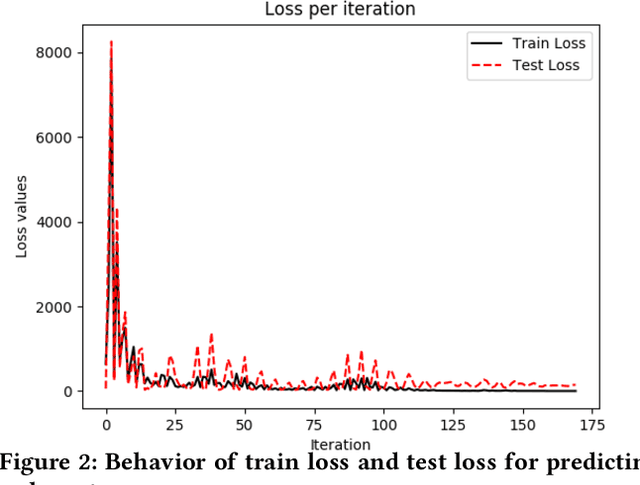A Supervised Learning Approach for Robust Health Monitoring using Face Videos
Paper and Code
Jan 30, 2021


Monitoring of cardiovascular activity is highly desired and can enable novel applications in diagnosing potential cardiovascular diseases and maintaining an individual's well-being. Currently, such vital signs are measured using intrusive contact devices such as an electrocardiogram (ECG), chest straps, and pulse oximeters that require the patient or the health provider to manually implement. Non-contact, device-free human sensing methods can eliminate the need for specialized heart and blood pressure monitoring equipment. Non-contact methods can have additional advantages since they are scalable with any environment where video can be captured, can be used for continuous measurements, and can be used on patients with varying levels of dexterity and independence, from people with physical impairments to infants (e.g., baby camera). In this paper, we used a non-contact method that only requires face videos recorded using commercially-available webcams. These videos were exploited to predict the health attributes like pulse rate and variance in pulse rate. The proposed approach used facial recognition to detect the face in each frame of the video using facial landmarks, followed by supervised learning using deep neural networks to train the machine learning model. The videos captured subjects performing different physical activities that result in varying cardiovascular responses. The proposed method did not require training data from every individual and thus the prediction can be obtained for the new individuals for which there is no prior data; critical in approach generalization. The approach was also evaluated on a dataset of people with different ethnicity. The proposed approach had less than a 4.6\% error in predicting the pulse rate.
 Add to Chrome
Add to Chrome Add to Firefox
Add to Firefox Add to Edge
Add to Edge